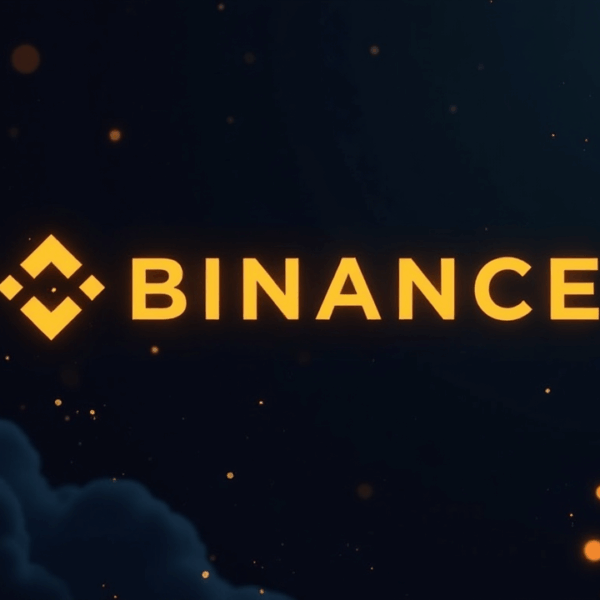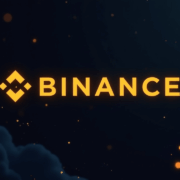Can ChatGPT Predict Bitcoin’s Next Move?
Introduction
In the ever-evolving world of cryptocurrency trading, the ability to anticipate Bitcoin’s next price movement offers more than just an edge—it can be the difference between considerable profit and financial setbacks. With Wall Street institutions funneling billions into digital assets and machine learning dominating modern finance, traders are searching for innovative tools that go beyond conventional indicators. Standard financial models, often built around historical trends and rigid formulas, are increasingly insufficient in capturing the nuance of rapidly shifting sentiment and breaking global news. Enter ChatGPT, OpenAI’s language model, which brings a new dimension to crypto analysis. Unlike legacy systems, ChatGPT has the capability to contextualize market developments in real-time, translating complex sentiments and macro events into actionable trading intelligence. But does this linguistic powerhouse truly offer a sustained advantage for Bitcoin traders?
Understanding ChatGPT’s Analytical Superpowers
ChatGPT is not your traditional algorithm—it’s a transformer-based AI model refined through billions of parameters and deep learning techniques. Trained across diverse data sources, including financial literature, market commentary, technical analysis frameworks, and social media interactions, it’s designed to synthesize input data to draw meaningful interpretations rather than deterministic outcomes. What sets ChatGPT apart is its flexibility in analyzing cross-disciplinary data streams. Whether decoding Twitter sentiment during a market correction or parsing Federal Reserve minutes for macroeconomic clues, ChatGPT acts more like a language-based filter, organizing disparate information into structured, digestible insights.
While it is not a plug-and-play solution for price prediction, when integrated with third-party platforms or API feeds, ChatGPT collaborates with market data tools to amplify decision-making. It can scan forums like Reddit for rising narratives, extract sentiment from news headlines, or even summarize on-chain analytics reports. Used in tandem with charts and indicators, it can serve as a qualitative complement to quantitative strategies—making it especially attractive to sophisticated crypto investors who understand the power of multi-dimensional analysis.
The New Data Paradigm: Sentiment Over Statistics
Bitcoin’s price dynamics are infamously volatile and often driven by perception more than tangible fundamentals. Headlines involving regulation, exchange hacks, or influencer endorsements can cause price swings more dramatic than any moving average crossover. Historical data alone is insufficient in such an environment. Traders need tools that can incorporate real-time sentiment shifts, geopolitical tensions, and socioeconomic signals—all within a unified framework. That’s where ChatGPT demonstrates its utility.
For example, when analyzing a potential breakout above a key resistance level, ChatGPT can overlay sentiment AI to determine if retail trader enthusiasm on platforms like TikTok is sincere or short-lived. Or it might evaluate the impact of new institutional money entering the market after a policy announcement or ETF approval. And because it adapts to context, ChatGPT doesn’t just regurgitate old data—it contextualizes the input within current macro trends, such as inflationary pressures, interest rate hikes, or recent whale accumulation events.
When this kind of synthesized analysis is combined with a broader understanding of macro events—such as where we currently stand in the Bitcoin bull-bear cycle—traders gain a panoramic view of the market landscape. No longer is it just about buying support and selling resistance; it’s about seeing the narrative shaping those levels in the first place.
Strategic Integration: How Traders Are Using ChatGPT
Practical applications of ChatGPT in trading environments are expanding, especially among agile institutional players and quantitative retail investors. One of the most popular use cases involves sentiment mapping. Traders deploy prompts asking the AI to break down sentiment shifts across crypto communities over a given timeframe. If social sentiment begins leaning bullish despite bearish chart indicators, this divergence itself might signal a contrarian opportunity.
Others use ChatGPT to refine technical analysis. By feeding recent candlestick formations or Fibonacci retracement levels into the AI through structured prompts, traders can receive summarized interpretations and scenario forecasts. This might include what historical outcomes followed similar setups or how specific indicators align with broader market volatility levels. Traders also use it to anticipate narrative-driven price catalysts. For instance, asking ChatGPT how media narratives may evolve after a new Spot Bitcoin ETF approval could provide speculative foresight into trader behavior, potentially front-running emotionally-driven moves.
More advanced strategies involve API-fed ChatGPT versions that can cross-verify insights from platforms like Glassnode, Dune Analytics, or Coin Metrics. This allows the user to triangulate on-chain data (like wallet activity or exchange inflows) with sentiment and headline analysis—crafting a multi-layered strategy that goes far beyond classic volume analysis or RSI divergence spotting.
Balancing AI With Traditional Risk Management
While ChatGPT is a powerful analytical companion, it’s essential to understand its limitations and place within a broader trading ecosystem. The model excels at generating insight and enhancing strategic clarity, but it should never replace time-tested principles such as disciplined risk management, position sizing, or diversified entry signals. Over-relying on AI-generated conclusions without validation can invite bias or overconfidence.
A smart implementation would involve using ChatGPT as a validation layer. For example, after identifying a bullish cup-and-handle on the 4-hour chart, traders could query ChatGPT to assess if current sentiment supports bullish continuation. If both analysis types align, the trade thesis is stronger. If they contradict, it may be worth investigating deeper or holding off. Also important is understanding that ChatGPT doesn’t operate in real time unless integrated with live data feeds, so traders must verify the timeliness of the AI’s assessments.
Risk mitigation remains crucial. AI won’t protect your portfolio from a sudden exchange hack, nor will it prevent an unexpected tweet from moving the market against your position. That’s where stop-losses, emotionally-neutralized decision-making, and scenario planning still reign supreme. However, in conjunction with these, ChatGPT can provide a psychological edge by reducing cognitive overload, offering clarity during panic conditions, and refining timing entries that align with broader market behavior.
Conclusion: AI’s Growing Influence on Crypto Trading
So, can ChatGPT predict Bitcoin’s exact next move? Not in a deterministic sense. However, its ability to crunch vast data inputs, identify early sentiment shifts, and streamline information analysis means it offers undeniable alpha-generating potential. In a landscape flooded with noise, inconsistency, and increasingly efficient markets, tools like ChatGPT equip traders with an edge that is both informational and strategic.
For the modern contrarian investor, the real value lies not in prediction but in enhanced perception. By extending the scope of insight beyond charts into the realm of sentiment, narrative, and geopolitics, ChatGPT becomes less a predictor and more a performance amplifier. Its integration signifies the dawn of a hybrid approach to trading—where human instinct meets machine intelligence. And in the years to come, this synergy may define the most profitable and resilient crypto trading methodologies.












